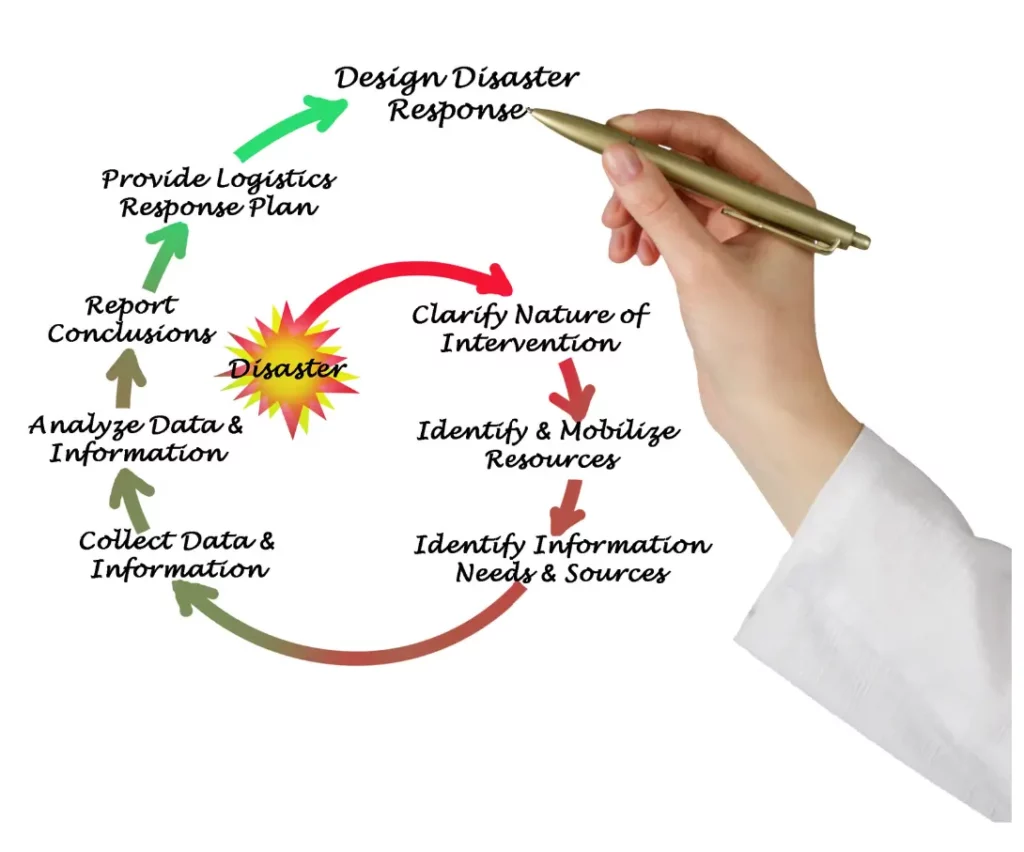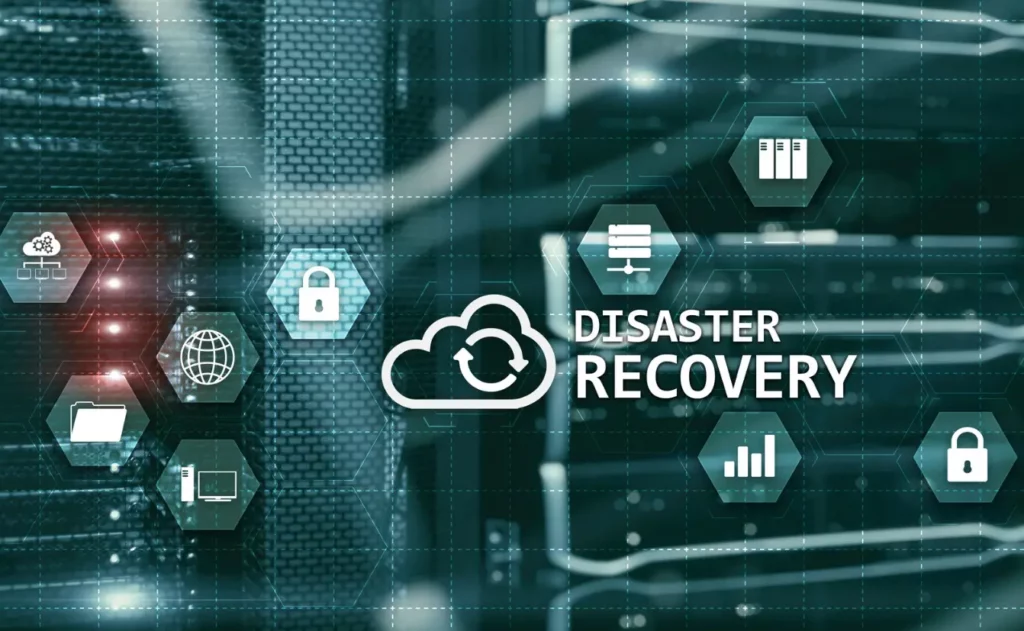Revolutionizing Crisis Management
Natural disasters challenge even the most prepared communities and response teams, testing the limits of human coordination and resource allocation. The integration of Artificial Intelligence (AI) into disaster response strategies is transforming the field, enabling faster, more accurate predictions and responses to catastrophic events. This article examines how AI is being harnessed to significantly improve disaster preparedness, mitigation, and recovery efforts, showcasing how technology enhances human capabilities to save lives and minimize damage.
Transformative AI Applications in Disaster Response
AI’s application within disaster management spans several critical functions, each fundamentally changing how emergencies are handled:
Early Warning Systems and Risk Assessment
AI significantly enhances the capability of early warning systems. By analyzing vast datasets from satellites, weather stations, and historical weather patterns, AI algorithms can predict severe weather events with greater accuracy and earlier lead times. This advanced notice is crucial for effective evacuations and preparations, potentially saving thousands of lives.
In areas prone to earthquakes or tsunamis, AI models integrate geological data with seismic activity readings to forecast events with precision previously unattainable. These systems provide governments and emergency services with critical information needed to activate early response protocols, ensuring that when disaster strikes, the impact on human life is minimized.
Resource Allocation and Logistics
During a disaster, efficiently managing resources can mean the difference between life and death. AI optimizes the deployment of resources—such as emergency personnel, medical aid, and shelters—based on predictive models that analyze ongoing events in real-time. These AI systems assess damage, predict the course of ongoing disasters, and dynamically allocate resources where they are needed most.

AI also revolutionizes logistics management, planning optimal routes for emergency vehicles to navigate through disrupted environments. This ensures that aid reaches affected regions faster and more reliably, even under challenging conditions.
Damage Assessment and Recovery Planning
Post-disaster, AI tools expedite the damage assessment process, using drone and satellite imagery to map affected areas comprehensively. Machine learning models analyze these images faster than human teams could, identifying damaged structures, flooded regions, and other impacts. This rapid assessment allows for quicker, more focused recovery efforts and helps prioritize areas in greatest need.

PeakMet’s AI Solutions in Enhancing Disaster Response
PeakMet develops and provides AI-driven tools tailored for disaster response scenarios. These tools include advanced simulation software that models disaster impacts under various scenarios, helping planners devise effective response strategies. PeakMet’s systems integrate seamlessly with existing emergency management infrastructures, enhancing data-driven decision-making processes and supporting real-time operational adjustments during crises.
Navigating Challenges and Ensuring Effective Implementation
Despite the advantages, integrating AI into disaster response is not without challenges. Concerns include the reliability of AI in unpredictable scenarios and the need for continuous training for responders to utilize these tools effectively. Ensuring that AI systems are robust and adaptable to different disaster contexts is critical for their successful deployment.

Moreover, while AI provides significant benefits, it is crucial to maintain human oversight. Decision-making processes should combine AI insights with human judgment, particularly in complex ethical situations that arise during disaster management.
The Future of AI in Disaster Response
Looking forward, AI is set to become an integral component of disaster response strategies globally. As technology advances, AI’s role will expand to include more sophisticated predictive analytics, enhanced simulation capabilities, and even greater integration into field operations.
AI’s integration into disaster response illustrates a future where technology and human expertise combine to form a potent force against the ravages of natural disasters. Through continuous innovation and thoughtful implementation, AI will continue to revolutionize how communities prepare for and respond to emergencies, ultimately leading to more resilient societies.


